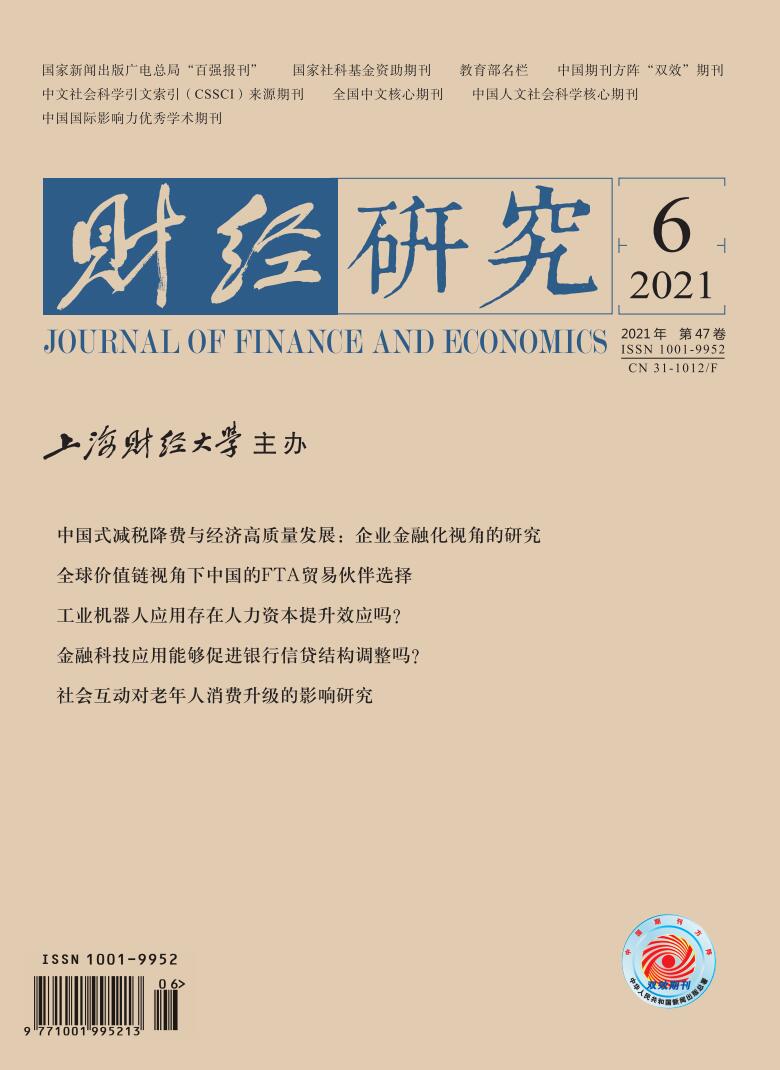In recent years, the large-scale application of robots in industrial production is one of the most prominent features. The operational stock of industrial robots is growing rapidly in China nowadays. According to the statistics from the International Federation of Robotics, the operational stock of industrial robots in China accounts for about 27% of the global total in 2018. The large-scale application of robots in production is bound to increase the technical complexity of production environments. As the skilled labor has stronger adaptability and shorter adaptation time, does the new intelligent environment formed by the application of robots increase the demand for skills, encourage the individual to increase the investment in human capital, and improve the level of human capital?
This paper firstly combines the relevant literature to investigate the human capital improvement effect of industrial robot application and its transmission mechanisms from a theoretical perspective. Secondly, based on the micro data from China Family Panel Studies, this paper empirically examines the impact of industrial robot application on the level of human capital, conducts robust tests by replacing the measurement indicators of human capital and industrial robots and the samples by region and industry, and uses robot penetration in other countries and optical cable density in China as the instrumental variable to solve endogenous problems. Furthermore, the interaction term regression and the mediation model have been adopted to examine the transmission mechanism. At last, this paper compares the differences in the human capital improvement effect of industrial robot application under different factor endowments.
The results suggest that: (1)The application of industrial robots has a significant impact on human capital. After replacing the measurement indicators of variables and the samples with different dimensions and considering the endogeneity, the conclusion still holds.(2)The application of industrial robots not only promotes the growth of household income, but also results in the job alternation and the transformation of industrial structure to increase the level of human capital.(3)When the factor endowment in production environments changes, the human capital improvement effect of industrial robot application will also change. Compared with capital-intensive and non-technology-intensive regions, the application of industrial robots has a greater impact in labor-intensive and technology-intensive regions.






 4953
4953  5699
5699

